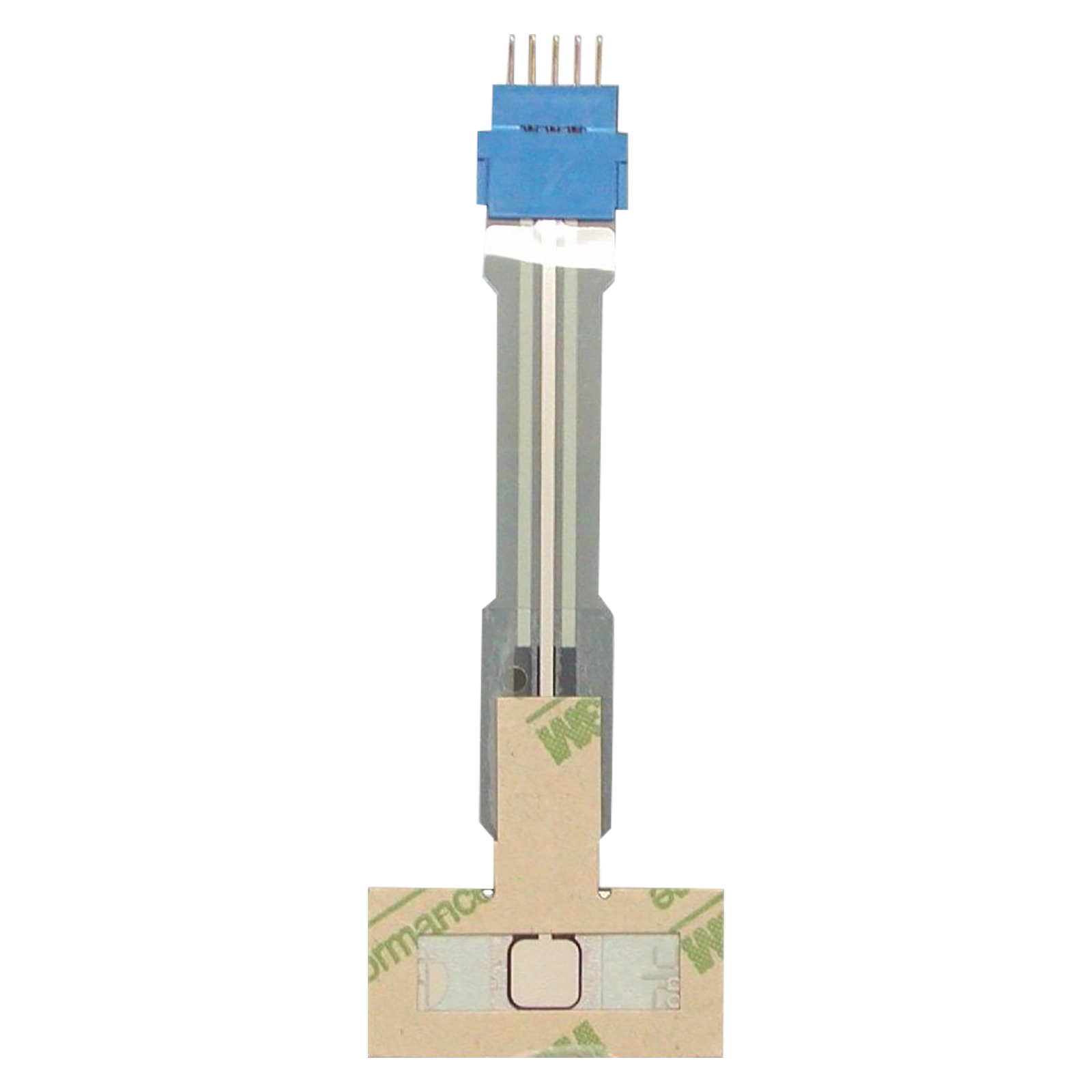Why Membrane Layer Changes Are Essential for Resilient Control Solution
Membrane switches play a pivotal function in guaranteeing the toughness and reliability of control systems throughout various industries. As we check out the diverse benefits of membrane layer buttons, it becomes apparent that their relevance transcends simple functionality, influencing customer experience and operational performance.
Introduction of Membrane Buttons
Membrane switches are functional and trustworthy components frequently used in different electronic control systems. These switches include several layers, consisting of a graphic overlay, a spacer layer, and a printed circuit layer. The graphic overlay provides both practical and visual design, while the spacer layer makes sure that the buttons are activated just when pushed. The printed circuit layer has conductive traces that complete an electrical circuit when the membrane layer is pressed, enabling the gadget to react to individual inputs.
Membrane switches are often favored in applications requiring a small and light-weight design, making them perfect for handheld gadgets, clinical devices, and commercial machinery. They can be customized to meet particular user needs and can integrate various functions such as backlighting, responsive comments, and numerous shades. In addition, membrane layer buttons are resistant to dirt, dampness, and impurities, making them ideal for environments where longevity is essential.
Advantages of Toughness
In numerous applications, the longevity of membrane switches deals significant advantages that enhance their general efficiency and reliability. These buttons are developed to endure harsh settings, making them ideal for usage in demanding conditions such as high humidity, extreme temperatures, and direct exposure to chemicals. Their robust building and construction helps to avoid damage from physical influence, ensuring long-lasting capability and lessening the need for frequent substitutes.
Furthermore, membrane switches are immune to damage, which is vital in applications where regular interaction occurs. This resilience equates to decrease maintenance costs, as companies benefit from decreased downtime and fewer solution disturbances. Furthermore, the encapsulated design of membrane changes secures internal parts from dirt and wetness ingress, more adding to their lifespan.
One more advantage is their capacity to preserve consistent efficiency gradually. With a high resistance for mechanical stress and anxiety, these switches protect their tactile feedback and electrical honesty, making sure customer contentment. Inevitably, the longevity of membrane changes not only boosts functional efficiency but likewise cultivates confidence in their dependability, making them a preferred option for control systems throughout numerous industries.
Applications in Numerous Industries
Resilient control systems utilizing membrane buttons find considerable applications across a variety of markets, each gaining from the unique attributes these buttons offer. In the clinical field, membrane layer buttons are crucial for gadgets such as individual screens and analysis equipment, where reliability and simplicity of cleaning are paramount. Their resistance to wetness and contaminants ensures they preserve why not try this out performance in sterilized environments.
The automotive market leverages membrane buttons for control panel controls and infomercial systems, where they provide smooth, low-profile interfaces that improve user experience. These switches are also made to hold up against extreme conditions, consisting of direct exposure to extreme temperature levels and vibrations.
In industrial settings, membrane layer switches are commonly used in equipment control board, providing tactile comments and resilience essential for high-usage applications. Their capability to stand up to chemicals makes them ideal for producing atmospheres where spills and impurities are frequent.

Consumer electronics, such as kitchen area devices and push-button controls, likewise use membrane buttons for their flexibility and cost-effectiveness. In general, the versatility and robust nature of membrane switches make them essential across different markets, making sure reliable operation and longevity in control systems.
Design and Aesthetic Appeal
While capability is paramount, the layout and aesthetic appeal of control systems equipped with membrane buttons play an important function in individual interaction and total experience (membrane switch). The aesthetic layout of these switches can substantially influence user understanding and communication. A properly designed membrane layer button boosts the beauty of the device, making it a lot more enticing to individuals and promoting a link between the individual and the product
Membrane layer switches use a good deal of versatility in design, enabling makers to personalize graphics, shades, and textures to visite site straighten with brand name identity and product visual appeals. Using dynamic shades and distinct patterns can attract focus, while responsive feedback can reinforce the customer's communication with the gadget. In addition, the capacity to incorporate LED signs and backlighting right into the membrane layer button style supplies both useful and aesthetic advantages, boosting visibility and use in numerous atmospheres.

Enhancing Individual Experience

Additionally, membrane buttons can be customized to incorporate graphical interfaces, improving usability by providing details in a clear and user-friendly way (membrane switch). This customization can consist of icons, tags, and shade coding that guide individuals via complex functionalities with convenience. Furthermore, their adaptability permits integration in different settings, making certain constant efficiency whether in industrial equipment or customer electronics
The durability of membrane switches additionally plays a crucial function in individual experience. By withstanding harsh problems and extended use, these buttons lower the likelihood of system failings, hence promoting dependability and customer self-confidence. Inevitably, the critical usage of membrane switches over not only boosts performance but additionally significantly enriches customer interaction with control systems, making them an essential component in contemporary design.
Final Thought
